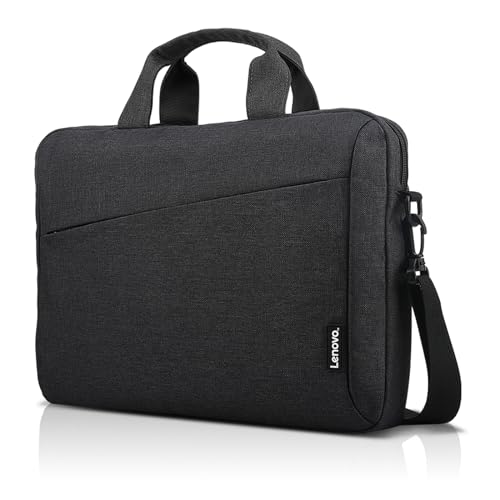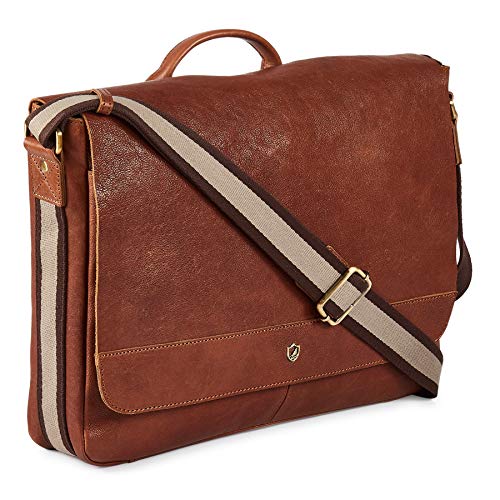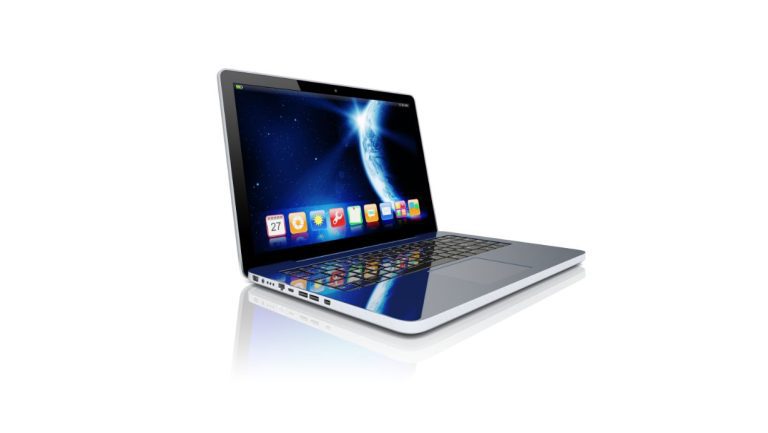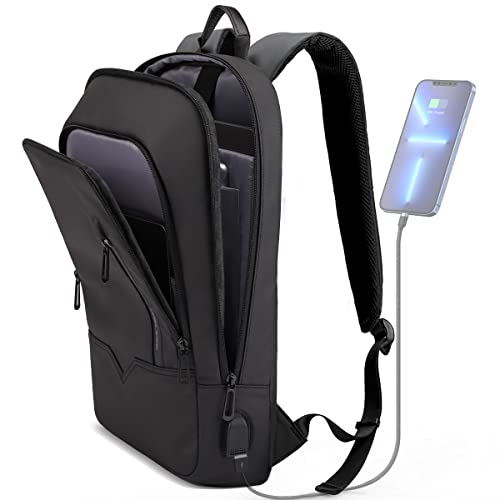Do Laptop Bags Count As Carry on?
Laptop bags typically count as carry-on items if they meet airline size restrictions. Check with your specific airline for their carry-on policies to ensure compliance.
Traveling with your laptop requires a reliable and secure way to bring it along. Laptop bags designed for travel are essential accessories for professionals and students alike. They need to be compact enough to fit in overhead bins or under the seat in front of you, effectively making them a carry-on item.
Most airlines permit one carry-on bag and one personal item, which can often include a laptop bag. But size and weight restrictions vary by airline, so it’s crucial to confirm specifics before heading to the airport. A well-chosen laptop bag not only protects your valuable electronics but also helps keep your travel essentials organized and accessible throughout your journey. As a result, selecting a bag that qualifies as carry-on will simplify your travel experience, ensuring easy access to your device and a hassle-free trip through security checkpoints.
Air Travel Carry-on Basics
Travelers often wonder, do laptop bags count as carry-on? The answer isn’t simple. Each airline sets its own size and weight restrictions for carry-on luggage. A common size limit can be around 22 inches by 14 inches by 9 inches, but variations exist. Airlines might also impose a weight limit, typically ranging from 15 to 40 pounds. It’s best to check with the specific airline before flying. A laptop bag usually fits within these limits. Yet, it must pass the airline’s restrictions to be a carry-on.
Laptop Bags As Carry-on Items
Airline regulations often define carry-on luggage size and weight limits. Your laptop bag may need to fit these rules. Airlines typically allow a bag that can fit under the seat. Thus, check your airline’s specific carry-on guidelines.
The standard carry-on size is usually 22 x 14 x 9 inches. Some airlines might permit larger bags, but it’s rare. For smooth travel, ensure your laptop bag is within these dimensions.
Your airline might also allow one personal item. This can be alongside your carry-on luggage. A small laptop bag often fits the bill. Check for the additional item policy. This will clarify what else you may bring.
Packing Strategies For Laptop Bags
Maximizing space in your laptop bag is key. Many travelers face the challenge of fitting all essentials without checking in extra luggage. To overcome this, roll clothing items tightly instead of folding them. This technique frees up space and helps avoid wrinkles. Use small pouches or ziplock bags to organize cords and chargers. Place these in side pockets for easy access. Socks and underwear can fill gaps around the electronics, providing extra cushioning.
Ensuring the safety of your electronics is crucial. Start with a sturdy laptop bag with padded compartments. It will shield your devices amid transit bustles. Always keep your laptop in a separate sleeve for double protection. Hard cases for tablets and e-readers are a smart choice as well. Remember, never pack fragile items at the bag’s bottom. Instead, keep them in the middle, surrounded by softer items.
Security Procedures For Laptops
Laptop bags are usually considered as carry-on luggage by most airlines. You need to check your airline’s baggage policy. Each airline has its own rules. Some airlines allow a laptop bag along with a carry-on. Others might count the laptop bag as your sole carry-on item.
Under TSA guidelines, laptops should be removed from bags for scanning. Place your laptop in a separate bin. Make sure no cords or headphones are attached to your laptop. This helps TSA officers get a clear view during the X-ray scanning.
When traveling internationally, the process might be different. You must check with the country’s security protocols. Some countries have similar rules to the TSA. Others can be more strict or lenient. Always prepare by researching before you fly. It will save you time at the airport security.
Choosing The Right Laptop Bag For Travel
Travelers often wonder do laptop bags count as carry-on luggage. The answer is yes. Your choice should combine durability and clever design. A good laptop bag withstands rough handling and fits airline size restrictions. It should also protect your device from impacts.
Look for bags with padded compartments and water-resistant materials. You want your laptop safe from spills and shocks. Zippered pockets and adjustable straps add to the bag’s utility. You should easily reach your laptop at security checks. A quick-access pocket is ideal for passports and boarding passes. Some bags have built-in USB ports to charge your devices on the go. This makes travel smoother.
Frequently Asked Questions On Do Laptop Bags Count As Carry On
Does Laptop Bag Count As Hand Luggage?
A laptop bag often counts as your personal item, separate from your hand luggage allowance. Airlines typically allow one hand luggage and one personal item onboard.
Can I Bring A Laptop And A Carry-on Bag?
Yes, you can typically bring a laptop in addition to your carry-on bag, but always check your airline’s specific baggage policy for size and weight restrictions.
Are Laptops Counted As Carry-on?
Yes, laptops are generally included as part of your carry-on baggage allowance on most airlines. Always check with your specific airline for their carry-on rules.
Can I Bring 2 Personal Items Instead Of A Carry-on?
Most airlines allow only one personal item and one carry-on, but check your airline’s specific policy as rules can vary. Always verify baggage allowances before traveling to avoid extra charges or inconvenience at the airport.
FInal Words On Do Laptop Bags Count As Carry on
Navigating airline regulations can be tricky. Rest assured, your laptop bag often fits carry-on criteria. Remember, size and airline policy matter. Before you fly, check with your carrier. Safe travels and smart packing will ensure a hassle-free journey to your destination.

Hi I am Fahad, the mastermind behind the bag revolution. Join me on a journey where style meets sustainability and discover a world of extraordinary bags.










One Comment